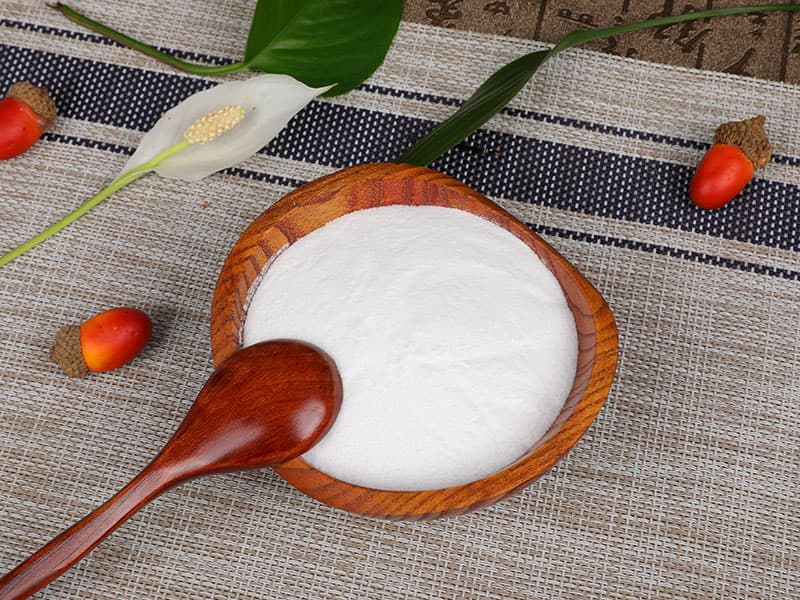Glucose monohydrate, a common and versatile sugar compound, requires specific storage and handling practices to maintain its quality, stability, and safety. Here are important considerations for the storage and handling of glucose monohydrate:
Storage Conditions: Glucose monohydrate should be stored in a cool, dry, and well-ventilated area. It is crucial to protect it from environmental factors that can adversely affect its quality. Exposure to excessive heat, moisture, and direct sunlight should be avoided, as these can degrade the product over time.
Temperature Control: Maintain storage temperatures within the recommended range. Typically, glucose monohydrate is stored at room temperature, which is between 20°C to 25°C (68°F to 77°F). Extreme temperature fluctuations should be avoided to prevent potential changes in the physical properties of the product.
Moisture Protection: Glucose monohydrate has a propensity to absorb moisture from the surrounding air. This moisture absorption can lead to clumping or caking, which may affect its usability. To prevent moisture-related issues, store glucose monohydrate in airtight containers or sealed packaging. If clumping occurs, gently break apart or sieve the product to restore its free-flowing consistency.
Handling Precautions: When handling glucose monohydrate, take appropriate safety precautions. Wear protective equipment such as gloves and safety goggles to avoid direct skin or eye contact with the product. In the event of accidental contact with the eyes or skin, promptly rinse the affected area with water and seek medical attention if necessary.
Contamination Prevention: Maintain a clean and sanitary environment when handling glucose monohydrate. Avoid cross-contamination with other substances, as even small amounts of foreign materials can compromise the purity and quality of the product. Ensure that storage containers, scoops, and equipment used for glucose monohydrate are clean and free from residues from previous materials.
Proper storage and handling of glucose monohydrate are essential to ensure the product's integrity, safety, and usability. Adhering to these guidelines helps maintain its quality and prevents issues such as moisture absorption, clumping, or contamination, which can impact its suitability for various applications, including food production and pharmaceutical manufacturing.


 English
English 中文简体
中文简体





